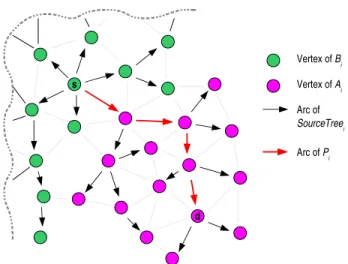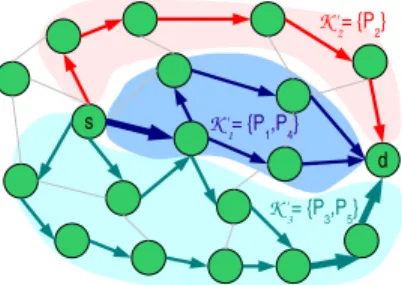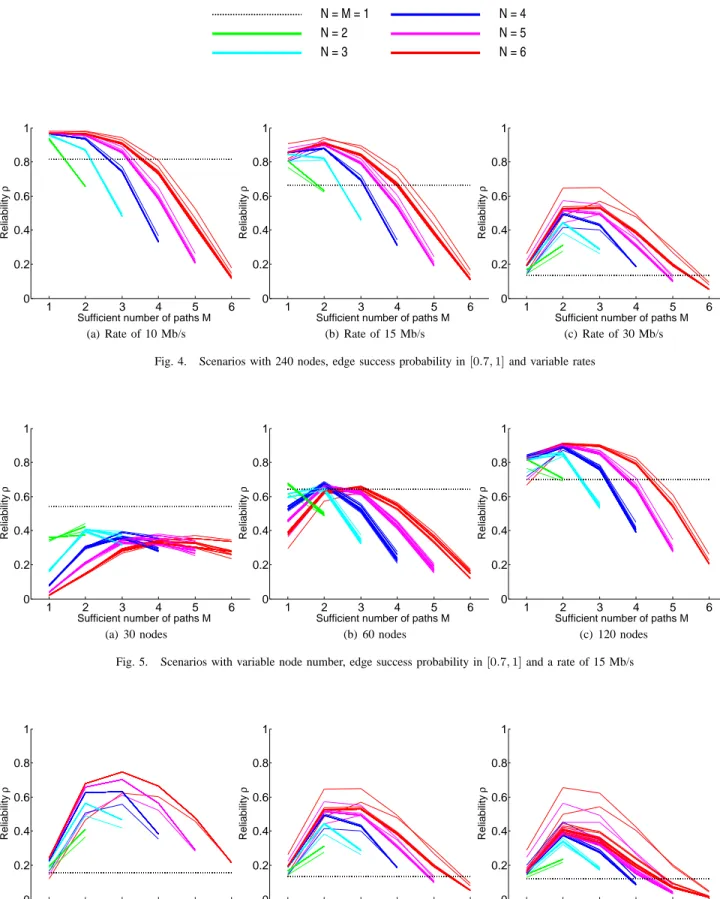A Multiple Description Coding strategy for Multi-Path in Mobile Ad hoc Networks
Texte intégral
Figure



Documents relatifs
Before discussing the throughput levels that are achievable, we address the deadlock that can arise if the first improvement is used in the two-destination problem, which is similar
We found that, enabled by our Bayesian ap- proach, by exluding opinions that deviate substan- tially from first-hand observation and the major- ity opinion of second-hand
We develop a general model where we include: the Bayesian secret type of each player, that is the clas- sification of nodes in terms of their traffic genera- tion process
However it is possible to compute probability density function of the nodes moving according to random waypoint mobility model within an environment closed, bounded, limited and
Then, the firing on c (i+2) is lost and this models the fact that packets sent after a bad packet are just wasted. In order to compare the observational behaviours of the protocols,
We namely present multi- point relay (MPR) flooding and gateway flooding. We investigate the matter theoretically via mathematical modelling, as well as practically via simulations.
In the simulation without using SEW, the high index of a node I high stays higher than the rank of the node and hence the node will not get a chance to perform real-time de- coding:
1) Shortest-path RREQ forwarding: The first observation that can be from the shortest-path RREQ forwarding results is that the use of standard jitter, with the distribution specified